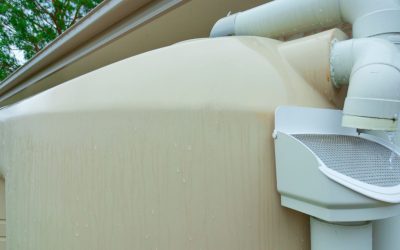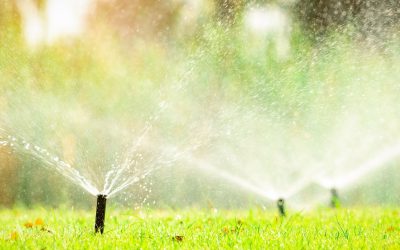In the realm of industrial equipment and household utilities, the humble pump plays a pivotal role in keeping our water flowing, industries running, and environments thriving. Despite their critical importance, pumps are often overlooked when it comes to regular maintenance. Pump maintenance is not just about keeping the machine running; it’s about ensuring its longevity, efficiency, and optimal performance. This article will dive deep into the significance of regular pump maintenance, outline common issues it prevents, and provide a step-by-step guide to simple maintenance tasks that can be performed by customers to significantly extend the pump’s lifespan.
Why Regular Maintenance is Non-negotiable
The adage, “if it ain’t broke, don’t fix it,” does not apply when it comes to pump maintenance. Waiting for a breakdown is often too late and can result in costly repairs or replacements. Here are key reasons why regular maintenance should be a staple in your pump care routine:
- Prevents Common Issues: Routine checks can identify and rectify common problems such as leaks, wear and tear, and lubrication issues before they escalate.
- Ensures Optimal Performance: Maintenance ensures your pump operates at its best, maintaining efficiency and saving on energy costs.
- Extends Pump Lifespan: Regular upkeep can prolong the life of your pump, ensuring it serves you faithfully for years to come.
Step-by-Step Guide to Pump Maintenance
Maintaining your pump need not be a daunting task. Here are some simple yet effective pump maintenance tips that can be performed by customers to keep their pumps in prime condition:
Step 1: Routine Inspection
Regularly inspect your pump for any signs of wear, leaks, or damage. Listen for unusual noises and check for vibration, as these can be early indicators of issues.
Step 2: Clean Components
Ensure the pump and its components are clean. Dirt and debris can clog the pump and hinder its performance. Pay special attention to the impeller, as blockages here can significantly impact efficiency.
Step 3: Lubricate Bearings
Proper lubrication is crucial for the smooth operation of pumps. Check the manufacturer’s manual for the recommended lubrication type and schedule, and ensure that bearings are lubricated regularly to prevent friction and wear.
Step 4: Check Seals and Gaskets
Seals and gaskets are essential for preventing leaks. Inspect these regularly and replace them if they show signs of wear or damage to maintain the integrity of the pump.
Step 5: Monitor Performance
Keep an eye on the pump’s performance, including flow rates and pressure. Any changes can indicate an underlying issue that requires attention.
Step 6: Schedule Professional Water Pump Servicing
While many maintenance tasks can be performed by customers, it’s crucial to have your pump checked by a professional regularly. They can perform more in-depth maintenance, such as recalibration and deep cleaning, that can further extend the pump lifespan.
Conclusion: A Small Effort for Lasting Performance
Regular pump maintenance is a small effort that reaps significant rewards, including preventing downtime, saving money, and ensuring continued, efficient operation. By incorporating these simple pump maintenance tips into your routine, you’ll not only extend the life of your pump but also ensure it performs optimally, day in and day out. Remember, the health of your pump directly impacts the efficiency of your operation or household, highlighting the importance of regular maintenance.





0 Comments